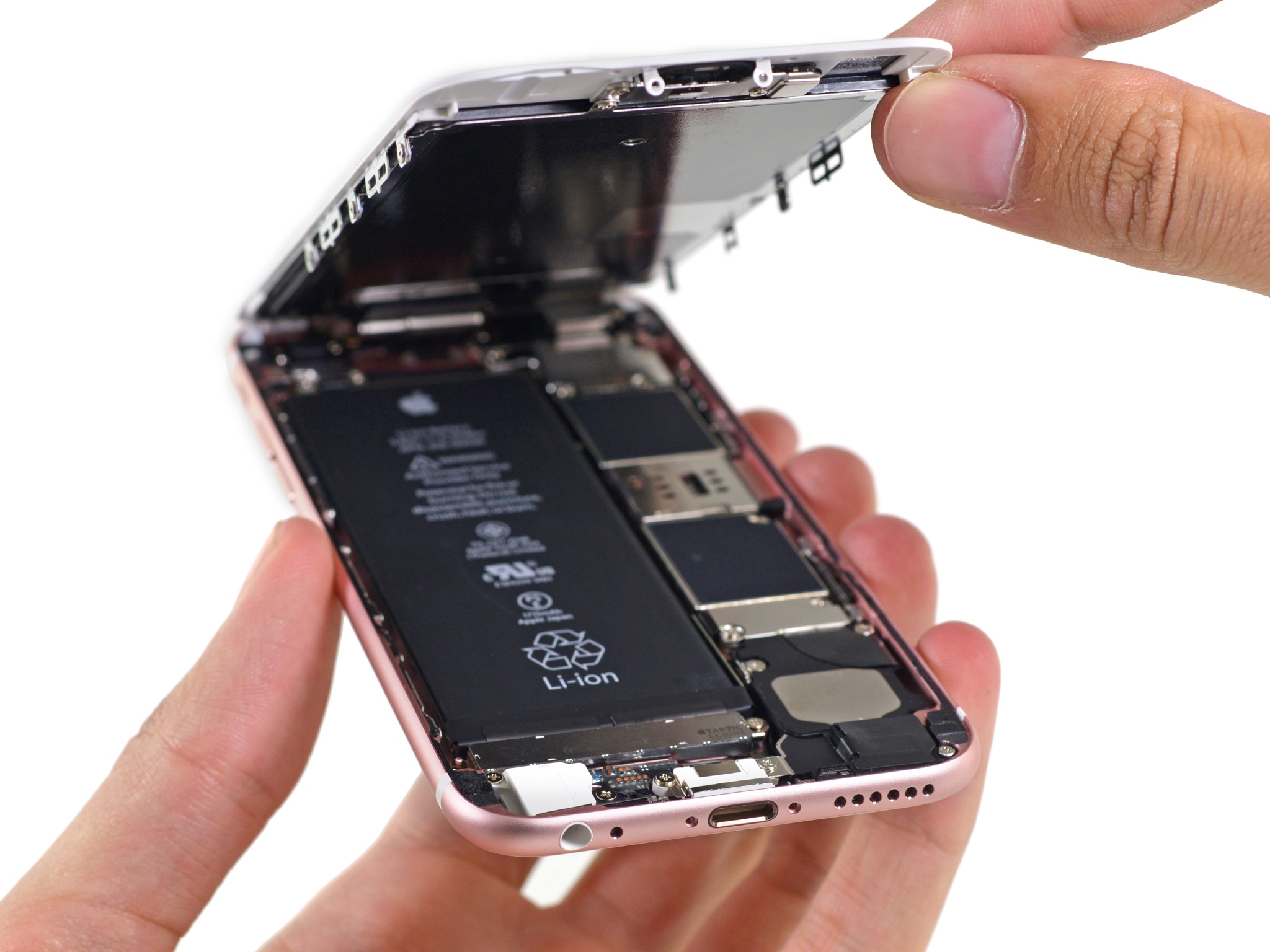
In a Northern California federal court, 18 individuals have leveled yet another class action lawsuit against Apple for “secretly throttling” older iPhones.
While they aren’t flying in as quickly as they used to, it appears that folks are not quite done leveling class action lawsuits against Apple for its decision to throttle older iPhone models. It was a decision that has caused Apple plenty of headaches since it was discovered, including forcing the company to drop the price of battery replacements, which ultimately saw a dent made on iPhone upgrades in subsequent quarters.
Still, here we are in the middle of 2019 and Apple is facing yet another class action lawsuit in the state of California. MacRumors has the report on Thursday, detailing how 18 individuals have filed the lawsuit against Apple in a federal court in Northern California, officially accusing Apple of “secretly throttling” older iPhone models.
This lawsuit goes big, though, with the complaint saying this whole ordeal is “one of the largest consumer frauds in history, affecting hundreds of millions of mobile devices across the globe”. The lawsuit also hits familiar beats, saying that Apple coordinated the whole thing as part of a planned obsolescence scheme in an effort to maximize future profits.
While Plaintiffs and the class need not attribute any motive behind Apple’s intentional degradation of the Devices, it is evident that Apple continued to do so for the simple reason most frauds are committed: money.
Apple, of course, has denied planned obsolescence for any of its products, including the iPhone lineup.
The original report states that this latest class action lawsuit will more than likely be put together with the multitude of other similar lawsuits in the state being brought against Apple in an effort to streamline the process. Back in January of 2018 it was reported that Apple was already facing upwards of 30 class action lawsuits over this matter.
Apple did admit that it was deliberately throttling CPU performance on older iPhone models, but it was in an effort to preserve battery life in those devices. The real issue isn’t so much the throttling itself, but the fact that Apple didn’t go out of its way to declare this as a “feature” or anything, but rather took matters into its own hands without thinking about what individual customers might want.
As a result, Apple built the feature into iOS so that customers can choose what they want to essentially prioritize: battery or performance, two things that can simply be impacted by time and daily usage.
It wasn’t a great look for the company, and it appears that some customers out there aren’t ready to let go or move on.
What about you? Have you put this whole throttling debacle in the rearview mirror?